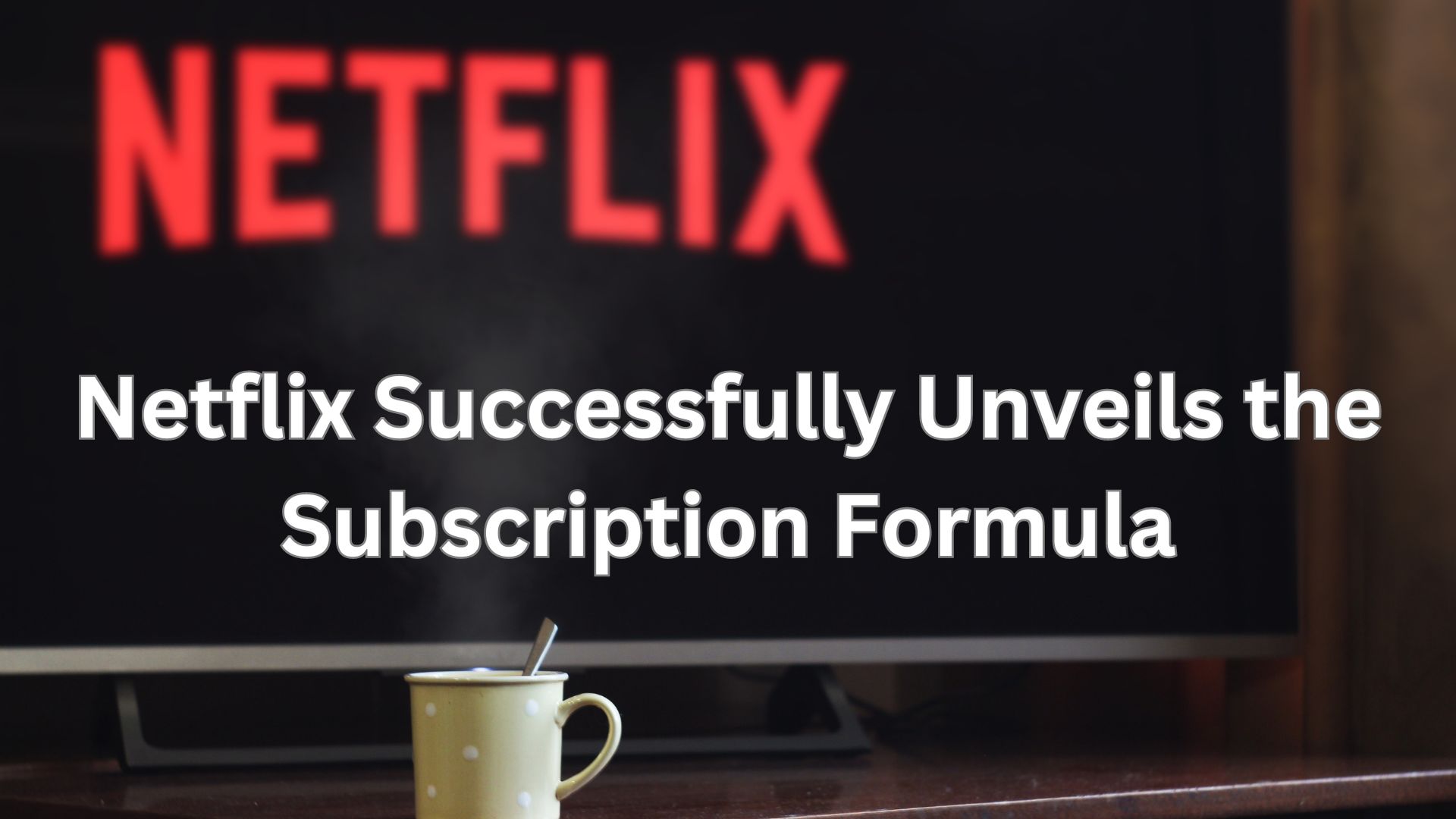
In 2022, Netflix encountered a challenging year. It faced stiff competition from major players like Disney and Amazon Prime, while viewers reevaluated their streaming habits due to rising prices in a turbulent global economy. This resulted in a decline in Netflix’s subscriber count and a significant drop in its stock value.
However, since then, the company has executed an impressive turnaround. According to its most recent shareholder letter, Netflix added 8.8 million new subscribers in the third quarter of 2023, building on the 5.9 million it gained in the preceding three months. This brings Netflix’s total global subscriber base to 247.2 million.
So, how did Netflix manage to stage this recovery?
One crucial factor was cracking down on password-sharing among different households. By restricting password use to family members living in the same household, Netflix successfully converted some password sharers into legitimate subscribers.
Additionally, Netflix introduced a membership option that allows subscribers to pay a lower monthly fee in exchange for occasional advertisements. This innovative approach has proven popular, with approximately 30% of new members choosing this option. Netflix’s executives plan to expand this feature, and its initial success is promising.
Beyond these recent initiatives, what truly sets Netflix apart in this fiercely competitive market is its deep understanding of the global nature of the streaming industry, as detailed in a recent book.
Netflix’s international approach is evident as more than 70% of its subscribers come from outside the United States. The company produces or co-produces content in over 50 countries and has made substantial investments in content from regions like South Korea (committing $2.5 billion over the next four years) and the UK (investing $6 billion since 2020).
This local investment not only attracts regional subscribers but also garners global attention. Netflix’s foreign-language series, including hits like “Lupin” from France and “Money Heist” from Spain, have resonated with viewers worldwide. South Korean dramas, such as “All of Us Are Dead,” “The Glory,” and “Squid Game,” have also traveled exceptionally well, explaining Netflix’s increased investment in the region.
This diverse content portfolio is complemented by US-produced shows and Hollywood films, which maintain their popularity across borders. Titles like “Reptile” and “Fair Play” secured spots in Netflix’s top 10 films in 88 and 91 countries, respectively, in October.
From a technical standpoint, while Netflix is often associated with a “vertical integration model,” it effectively outsources many of its operations. Despite having its engineers and proprietary technology, such as its renowned recommendation system and algorithm, Netflix relies on third-party service infrastructure for its media delivery.
Netflix abandoned its last data center in 2016 and now leverages Amazon’s web services for everything from data storage to customer information and algorithms. This outsourcing strategy has allowed Netflix to steer clear of hefty investments in global infrastructure, enabling a sharper focus on its primary mission: engaging members across markets.
Similarly, Netflix’s content production follows a unique outsourcing approach, with “originals” produced by the platform, but the content itself is crafted by external film and TV producers. This model grants Netflix exceptional flexibility in a rapidly evolving industry, in stark contrast to competitors like Disney+, which have more direct involvement in production.
While Netflix may not have the extensive ecosystem of a large enterprise like Amazon or Apple, which sell goods to millions of customers and integrate different parts of their businesses for economies of scale, its approach embraces the challenges and opportunities of the global market. The outsourcing model makes Netflix agile and adaptable, allowing it to thrive.
Netflix Set to Raise Subscription Plan Rates: Here’s What You Need to Know
As the streaming industry and television at large navigate a period of adjustment to bridge the content investment and revenue generation gap, Netflix, with its astute decisions and global perspective, appears well-positioned to weather the storm as the market leader.
